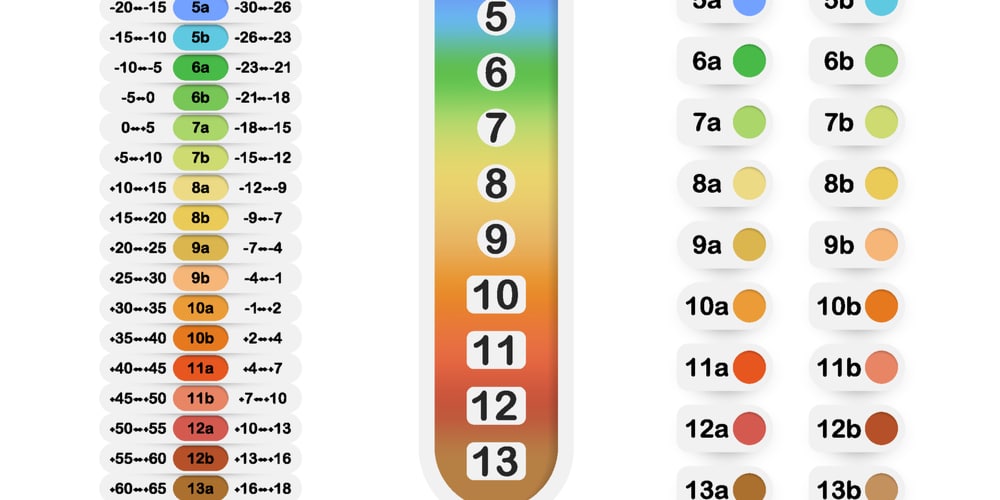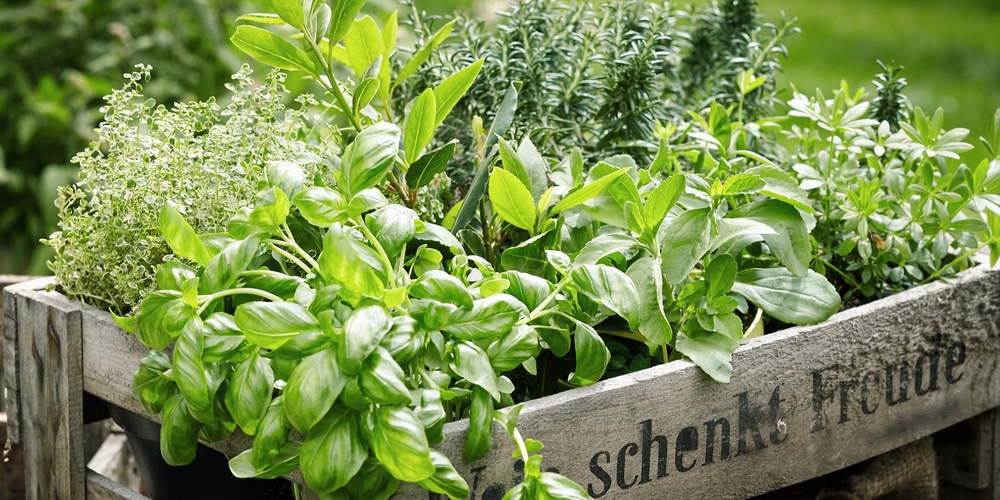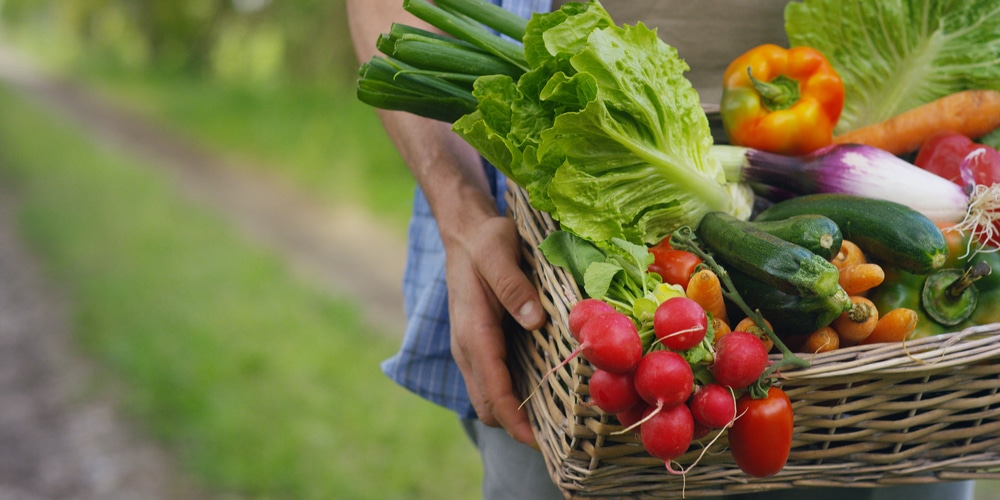The USDA hardiness zone map divides North America into 11 planting zones. Knowing these zones is essential to make gardening easy for you. You should check the USDA hardiness zones map to determine where your Illinois garden zone lies. Today, we talk about the hardiness zones of Peoria, Illinois, to help you choose the right plants to grow.
Answer:
Peoria, IL lies in the USDA hardiness zone 5.
Illinois Hardiness Zone
Illinois lies in hardiness zones 5, 6, and 7. The state has about 170 days between last and first frost. It mostly experiences a humid continental climate with hot and humid summers and cool and cold winters.
What Zone is Peoria, Illinois?
Peoria, IL lies in the USDA hardiness zone 5. That means that it’s a chilly place, but you can still plant robust crops and foliage in this area. This place experiences a cold climate with an annual minimum temperature range between -20 and -10 degrees Fahrenheit.
Peoria, IL, experiences snowy winters, but that could actually be a good thing since the snow can shelter your plants. You can grow different crops here, but please ensure that you plan for the frost dates and keep your plants protected from cold weather.
The Best Plants to Plant in Peoria, IL
It would be best to consider the temperatures of this place and grow crops that can handle those temperatures; otherwise, you’ll be wasting your time. Every winter, gardeners in Peoria, IL, face a risk of frost from October to April, meaning that you have around 162 frost-free days. You can take advantage of these days to grow several crops in one season. The best crops to plant in Peoria, IL are:
- Yarrow
- Tulips
- Cucumber
- Lilies
- Hyacinths
- Hibiscus
- Lettuce
- Beets
- Coneflowers
- Bee Balm
- Cabbage
- Peppers
- Peas
- Pumpkin
- Radishes
- Summer squash
This isn’t the whole list of plants that you can grow here. There are many other vegetables and herbs you can grow. What’s important is to consider the frost-free dates and whether your crop can withstand temperatures below -20 degrees F.
Some perennials in this area include summer bulbs that usually bloom in the summer and can thrive in any other hardiness zone. These plants produce beautiful colors like begonias, caladium, camas, and dahlias.
Other perennials include sun perennials, shade perennials, and spring bulbs. Note that these tolerate the climate in zone 5. Therefore, they can be found in other states in zone five.
Planting Tips for Gardeners in Peoria, IL
Plant at the Right Time
When and how you plant your crops influences the success of your garden. Some vegetables can withstand frosts, but others can’t.
Many gardeners often plant by the moon. There isn’t evidence supporting this. Plus, studies say that there are no significant differences between moon phases and crop production.
The best thing to do is to research the plant you’re dealing with and determine whether or not it can handle frost. Then, decide the best planting time for it. Also, when planting, ensure that your seed is disease-free and plant in straight rows for a beautiful garden.
Additionally, hill the seed. Hilling involves placing various seeds on a single spot at definite intervals in the row. Most gardeners use this style to plant cucumbers, melons, squash, and sweet corn. Or consider drilling, which involves spacing the seed using your hand or a drill.
Also, remember to space your seeds correctly and plant at a proper depth.
Play with Colors
Incorporate more color in your garden. The good news is that there are many low-maintenance, colorful, and hardy plants you can consider. Some of them don’t even require you to spend a lot of time raking or trimming.
Some plants that can brighten up your yard include Purple Prickly Pear, Mexican Fire Barrels, Golden Barrels, and Mescal Ceniza.
Choose Your Plants Wisely
If you are going to mix crops, make sure that they have similar needs. Note that if you mix plants with low, moderate, and high water needs, you’ll have a hard time keeping a healthy landscape and meeting the needs of each plant. You may overwater some plants and underwater others.
Therefore, avoid this by planting crops with almost the same needs. For instance, pumpkin and squash go well together. Do some research to determine the best combinations.
Think of Design When Grouping
A well-designed garden is every farmer’s dream, and how you group your plants determines the appearance of your garden. Check ideas from professional designers and see what works for you. You can design your garden in a sculptured and planned design with the same types of two or three plants in neat arrangements.
For instance, you can have one round group, another triangular, and another group of tall plants together. This creates a visually appealing arrangement.
Peoria IL Winter Prep
- Have a watering schedule that involves supplying enough water to your plants. Please avoid underwatering or overwatering.
- Don’t walk on the lawn during a winter thaw.
- Check your stored bulbs to ensure that they aren’t rotting or damaged
- Apply fertilizer on established fruit trees once the last frost ends. However, it would be best to fertilize houseplants immediately after they start showing growth signs.
What planting zone is Peoria Illinois in? Final thoughts
what planting zone is Peoria Illinois? The area falls within USDA zone 5 which means it’s rather chilly and gardening can be more challenging. Don’t let the weather put you off as there are many vegetables that can be grown in a cooler climate.
Related Article: When to Plant Strawberries in Illinois?


